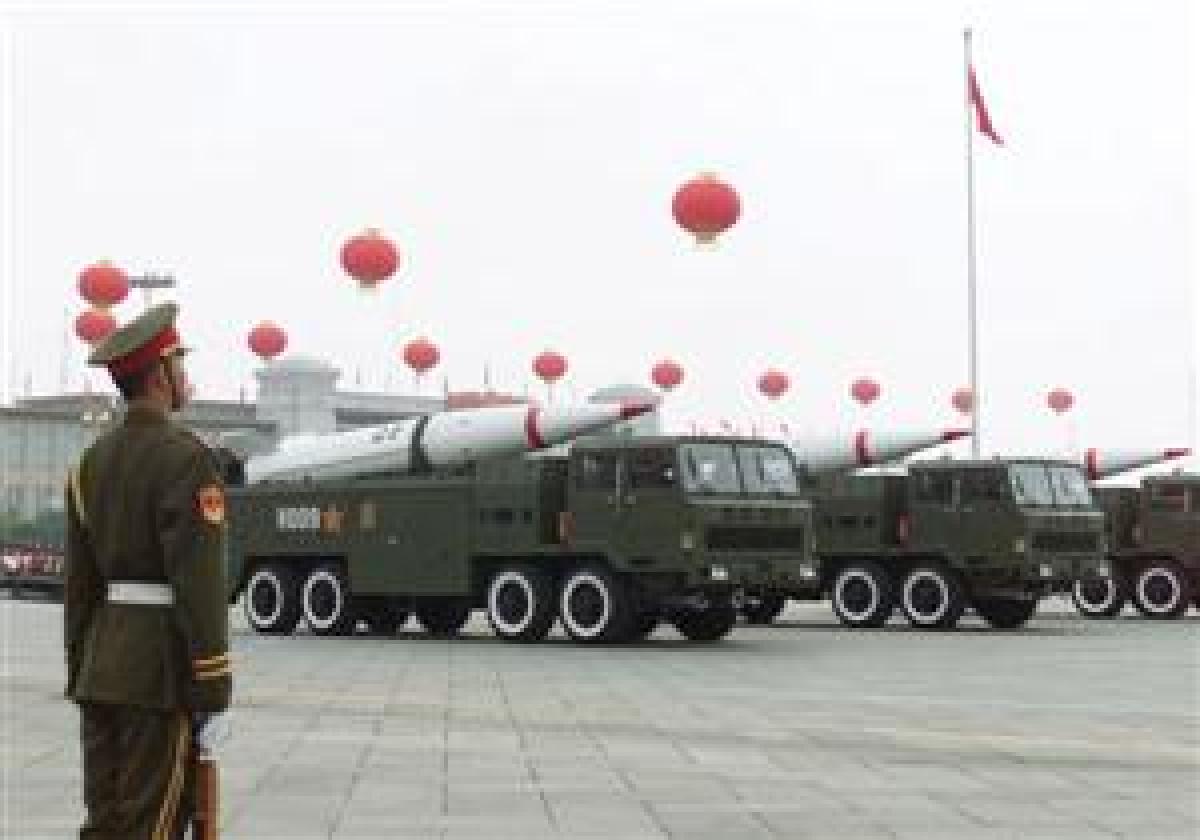China is pursuing the development of very long-range, land-mobile, maneuverable re-entry vehicle-equipped (MaRV'd) antiship ballistic missiles (ASBMs), apparently a variant of the DF-21 medium-range ballistic missile (MRBM). Imagine very long-range artillery with great accuracy, that was land-mobile, making counter-battery fire virtually impossible. Then imagine that someone had the idea to turn it seaward and make it capable of hitting a ship under way. This is what China's ASBM amounts to: extraordinarily long-range coastal artillery.
Public awareness of Chinese ASBMs is gaining steam, as evidenced in this issue of Proceedings. This unprecedented anti-access capability has numerous implications for the U.S. Navy.
Chinese ASBMs are a "keep out" capability designed to attack naval surface platforms, which are the centerpiece of American naval power and the basis for U.S. deterrence strategy. Our future security depends on unimpeded naval power. Dealing with a complex, fractious, and increasingly insecure world will require our being able to exploit the maritime external lines of communication. China's development of ASBMs makes moving to and remaining in near-ashore sea areas problematic for us. Getting there is going to be half the fun.
Unchecked, Chinese ASBMs will have dramatic implications for our other services. No other American military operations, whether air, ground, or amphibious, are feasible in a region where the Navy cannot operate. China's strategic intent is to put at severe risk the eyes, ears, and fists of American power projection systems built for short-range, persistent operations in the Asian littoral and China's maritime approaches. Conversely, ballistic missiles ranging American bases and en route facilities make naval operations very problematic.
Thus, the Chinese ASBMs represent a remarkably asymmetric attempt to control the sea from the shore. The capability is not yet operational, but the Chinese appear to believe they can develop the technologies and integrate the individual systems required. In part, they are exploiting earlier Soviet and American developments.
The Chinese capability depends on—and represents the real advent of—network warfare. Their missiles have to be aimed at the general area of a network-detected naval target, where their internal guidance systems can take over. Like the Soviets before them, the Chinese are now trying to solve this difficult reconnaissance-strike problem. But unlike the Soviets, the Chinese appear to believe that they can make this complex capability work. Watch for at-sea testing to gauge their progress and intentions, just as China already has shot down an old satellite to make the point that they can do it.
Much depends on whether the Chinese can actually succeed in developing an ASBM. For persistent long-term operations, the U.S. Navy is based primarily on aircraft carriers and their embarked air wings. Without extraordinary efforts to provide for air-to-air refueling, naval aircraft have an effective tactical radius of less than 1,000 nautical miles. The DF-21, a relatively short-range option for ASBM capability, has a similar range, "in excess of 1,500 kilometers" according to the 2009 DOD report on China's military power.
The numbers are going to be in China's favor. In a wartime situation, even if every U.S. interceptor hit and destroyed an inbound ASBM, naval missile magazines are very limited and cannot be reloaded at sea. This is a glaring deficiency for us. It severely limits our defense and turns high-tech, network warfare into a simple battle of attrition favoring the offense.
Bad news does not improve with age. Once the Chinese develop ASBM capability, it will escalate in sophistication and effectiveness and proliferate widely over time—the gift that keeps on giving—further complicating our military posture. But this is an opportunity for U.S. Navy technical and analytical introspection regarding the resources, organizations, processes, and continuity that we must have for coming to grips with this and other complex operational and technical challenges.




